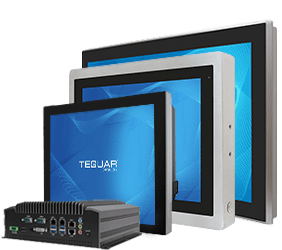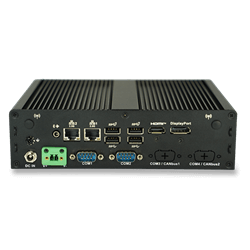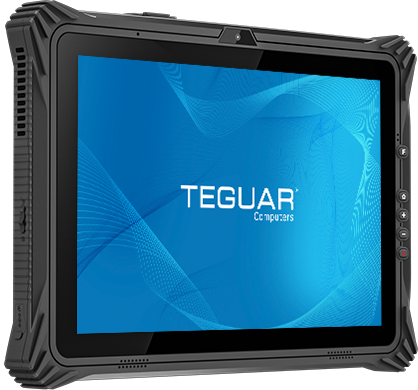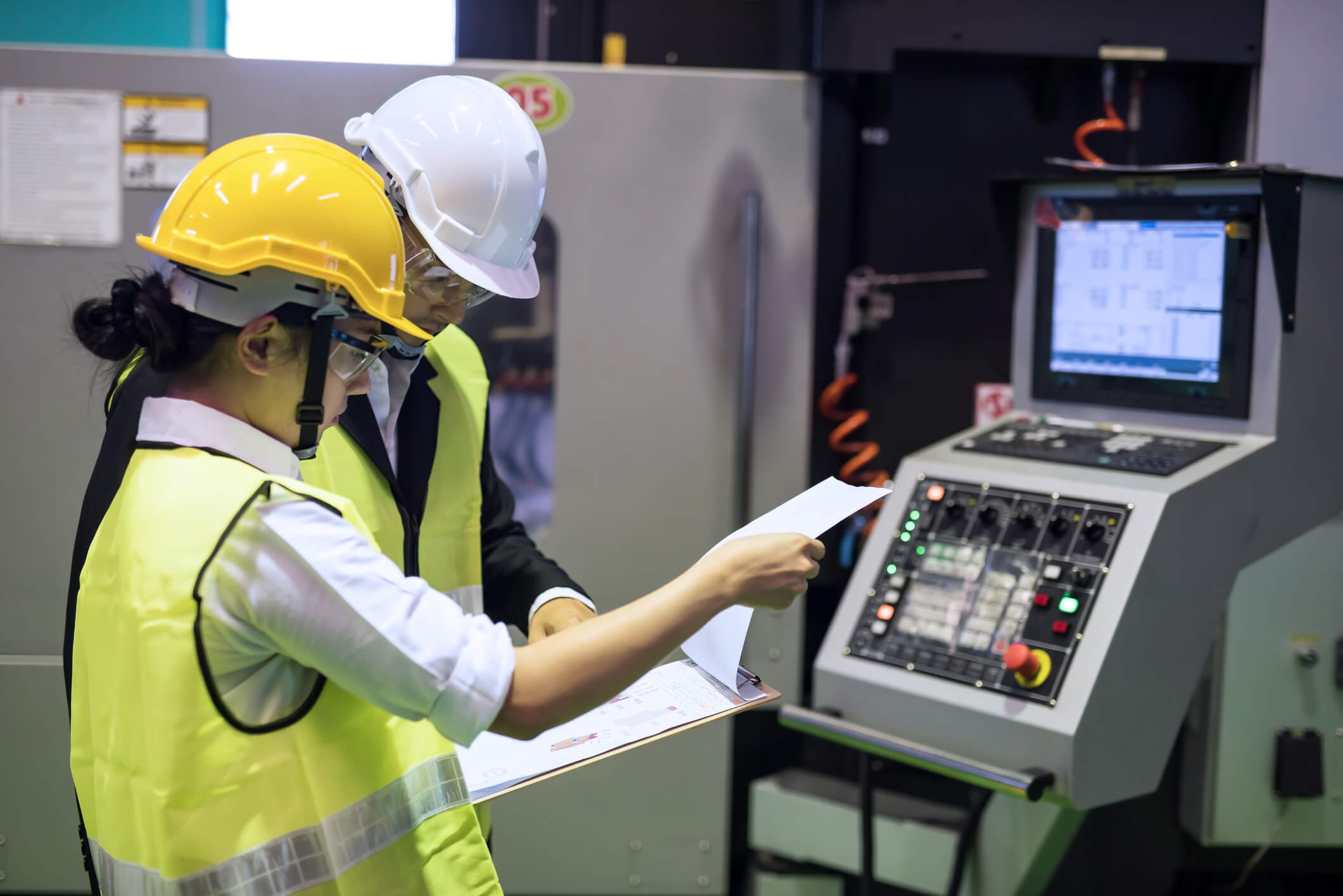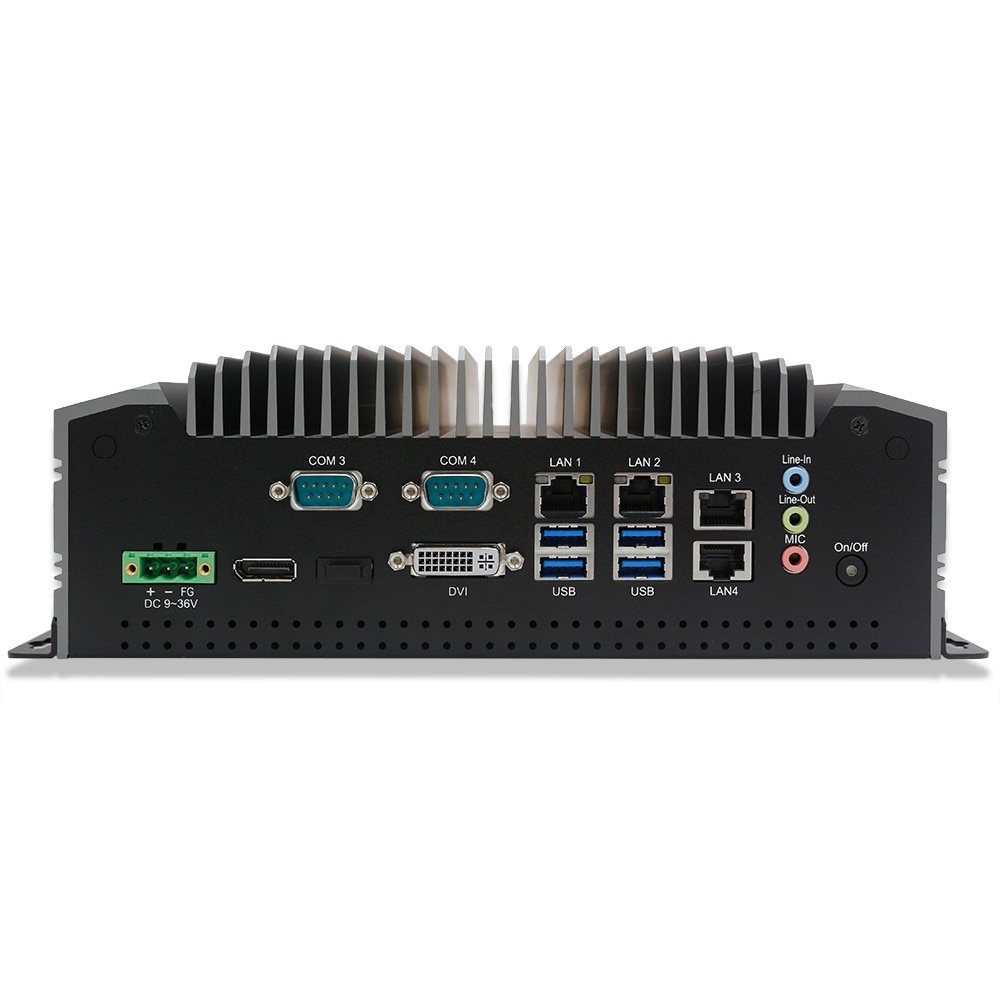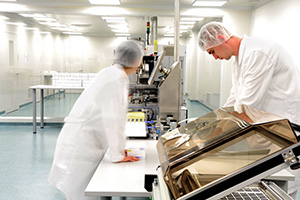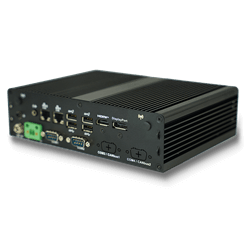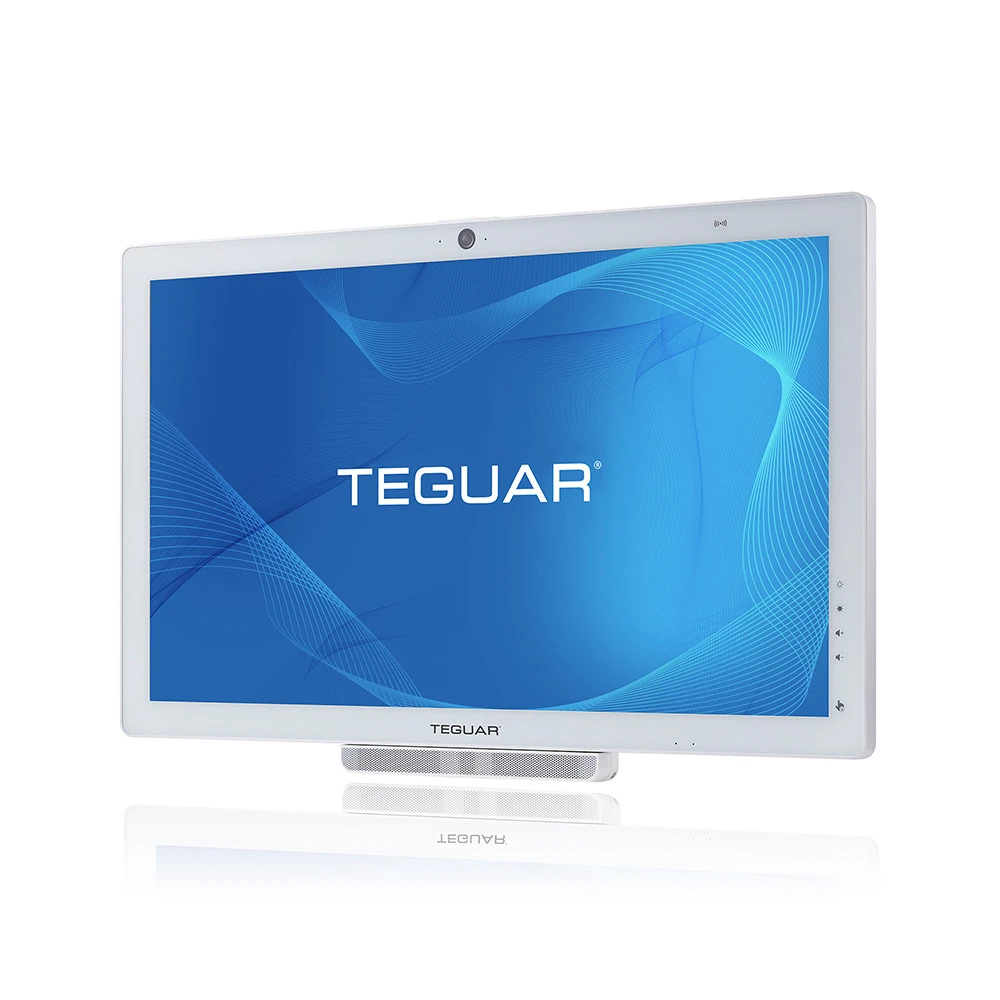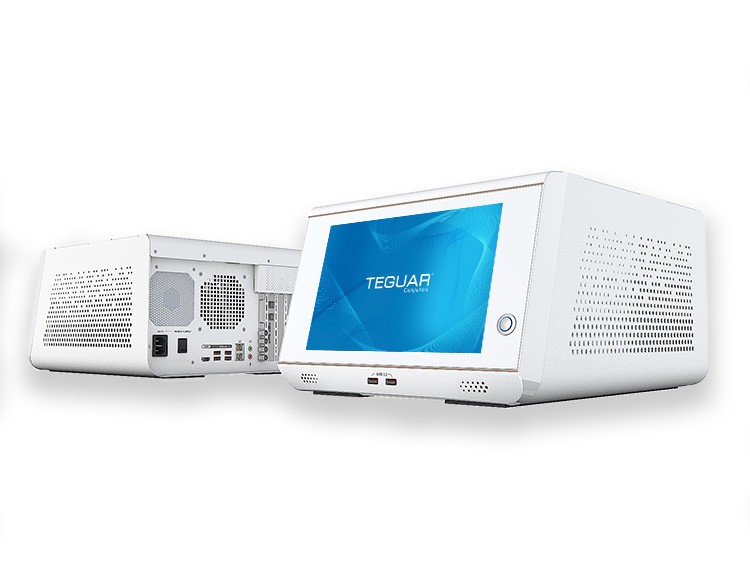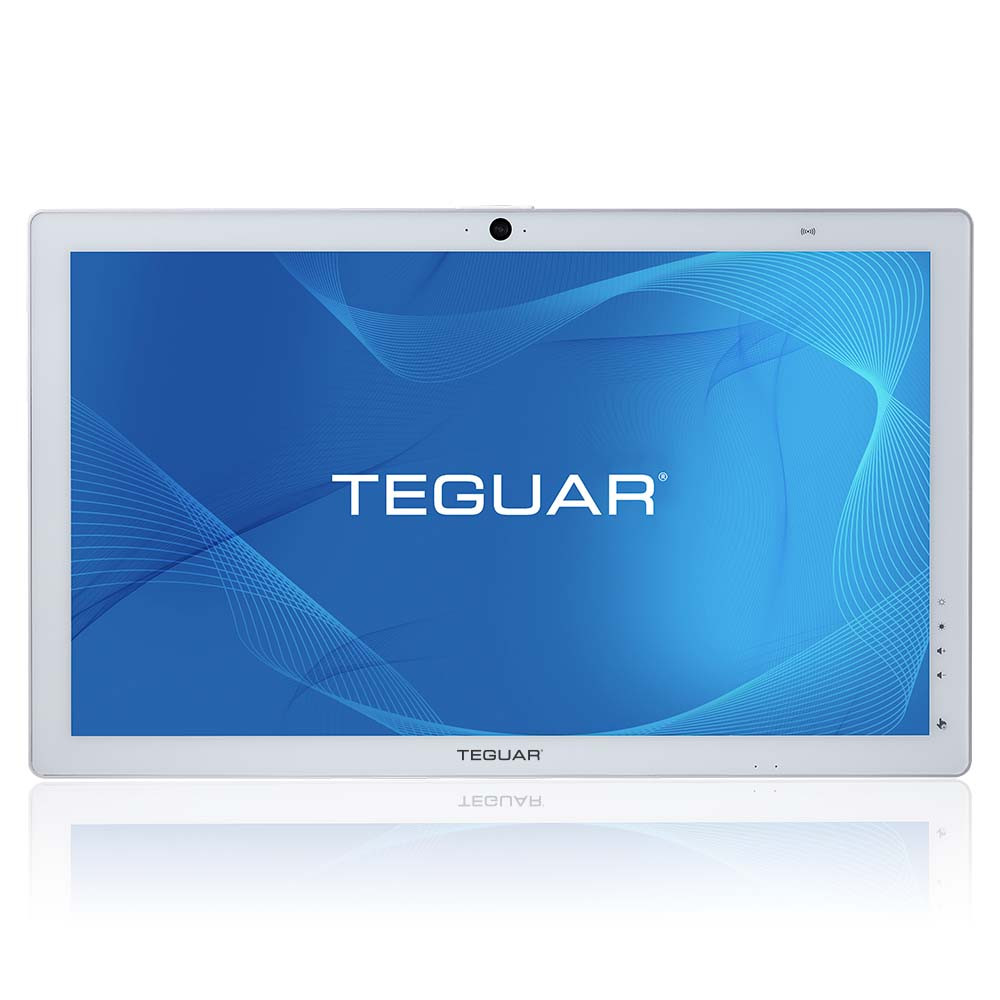Industrial Monitor & Box PC Vs. Industrial All-in-One – Which is Right for Your Application?
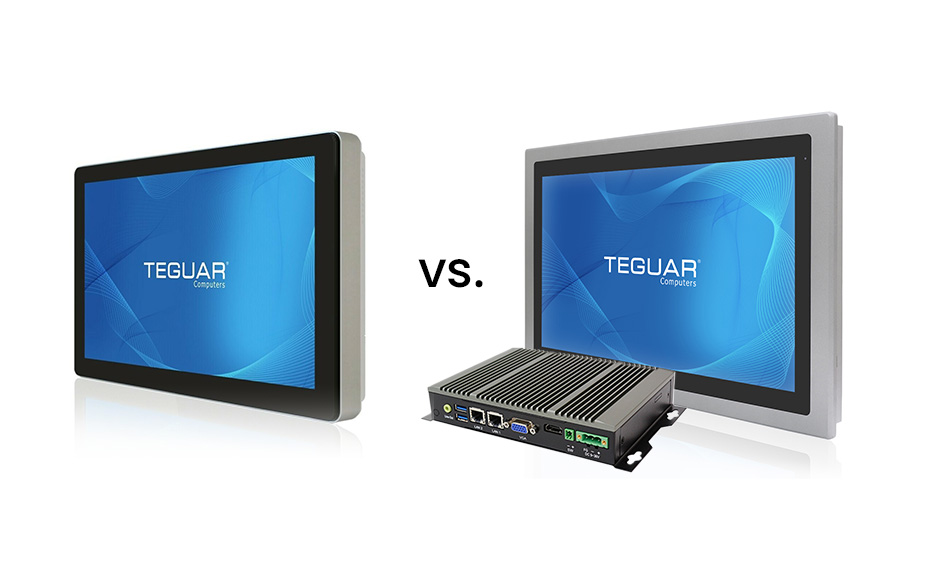
When working in industrial conditions, it is imperative to have a computer fit for the job. Industrial computers are rugged solutions that offer long life cycle support. With so many industrial computer options on the market, it can be hard to figure out which solution is right for your application.
These computers often come in two different implementations. One solution is an all-in-one touchscreen computer or panel PC. The other option is a two-piece solution consisting of an industrial box PC and industrial monitor. There are benefits to both of these implementations and it is important to choose the right option for your application.
Why Choose an All-In-One?
With an Industrial All-in-One PC, the computer and touchscreen are integrated into one package. This creates a straightforward solution for most VESA and panel mount applications. External cables are unnecessary, creating seamless installation.
All-in-Ones are designed for ease of mounting on various options- wall mounts, desk stands, on swing arms, or for installation in control consoles. Often times, All-in-One PCs are found panel mounted flush to the wall. Not only does this create a clean appearance, but it also removes clutter from your work area where cables and multiple computers could be found.
Another feature of All-in-One industrial computers is the ability to be mounted into specific hardware. This is especially useful for OEM/ODM projects where the customer may already have the mechanism but just needs the computer put in place to operate it.
Why Choose an Industrial Monitor & Box PC?
In some settings, separating the industrial monitor from the box PC can be seen as beneficial. While industrial monitors are reliable, situations where there is known human and environmental interaction could be subject to damage. Real world examples of this are applications with metal foundry computers, automotive manufacturing computers, and public kiosks.
In these applications, the touchscreen user interface is frequently subject to abuse from metals, tools, and rowdy users. A two-piece solution is preferable in these settings because it is easier and less costly to replace a damaged industrial monitor rather than an entire All-In-One unit.
Another reason why it would be beneficial to get a two-piece solution is due to the processing power. If you need something with high processing power in a small screen size, your options may be limited. However, if you separate the processor from the LCD touchscreen, you would be able to get your specific desired CPU and screen size.
Which One Should You Choose?
Both All-in-Ones and Industrial monitors are great options if you need a rugged computer. When deciding which solution to go with, it is important to have a clear idea of how the unit will be used in an industrial setting. All-in-Ones are ideal for flush mounting application, while Industrial monitors are great for mixing and matching size and CPU options.
Whatever your project may require, Teguar offers a wide selection of both All-in-One and industrial monitor solutions. If you need additional help figuring out which option is best for your application, contact a project manager today by calling (800) 870-7715 or contacting us online.
About the Authors:
Emily Vrettos, Teguar's Digital Marketing Coordinator, merges her creativity with marketing skills to craft engaging content. When she isn’t writing, she loves to read, cook lots of different cuisines, and travel home to her family in New England.Previous Article
Teguar Partners with LivaNova to Design Computer Hardware for Next-Gen Perfusion System

